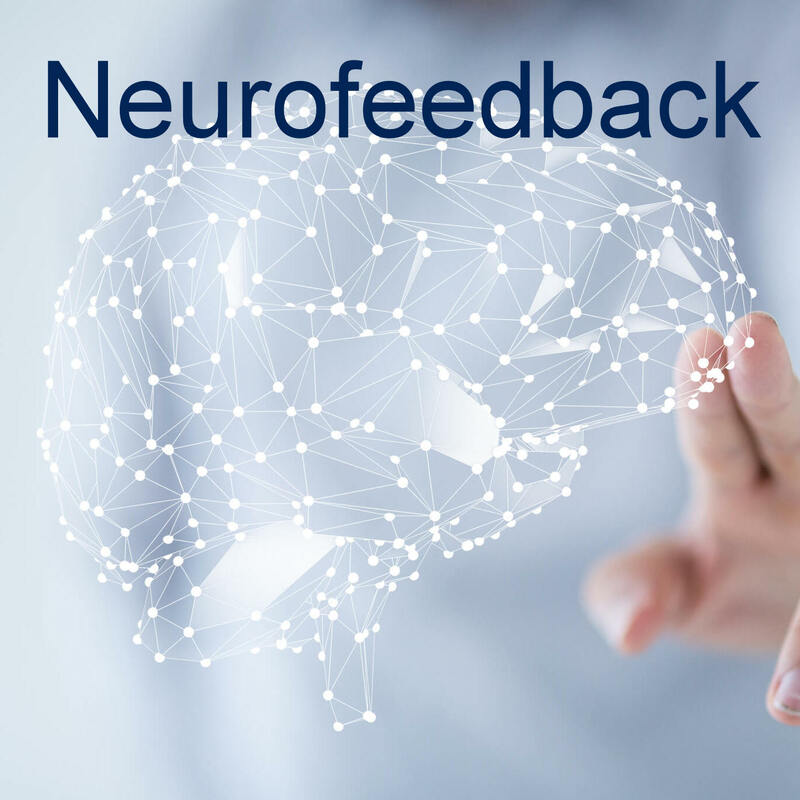|
by Caroline Rudin, LMSW, MS.Ed., PMH-C “Congratulations!” There are balloons and bouquets of flowers all over the hospital room. The room smells sweet and clean. Your makeup and hair are beautifully done up as you lie in bed with soft, cozy sheets and blankets, cradling your newborn in your arms. Your partner is sweetly standing over you, holding your hand, in amazement of your efforts and your child. Your family rushes into the room to gush over your baby and take turns holding and changing her for you so you can begin to rest. “CUT!” Does this sound like a fairytale? A television commercial? Most times, it is. Let’s rewind, shall we? You are thirty-six weeks, three days pregnant. You have had a relatively healthy pregnancy thus far, experiencing hyperemesis through your first trimester and now some borderline gestational diabetes features. You are sitting at home eating Szechuan chicken take-out for dinner and suddenly feel like you have wet the couch. Your water just broke. Early. Unexpectedly. Now what?  Your partner grabs the go-bag from your bedroom and you are hastily swept into the car and onto the road to the hospital. When you get there, you are triaged and given a bed in Labor & Delivery. You think to yourself, “this must be a dream. No, a nightmare. Is my baby okay? It’s too early for this! My family isn’t here. What about work?” Within twelve hours, you are pushing as hard as you can to bring your child into this world, with no avail. Six hours later, you are wheeled into the operating room for an emergency cesarean. Twenty-two minutes later, there she is, waving hello to her mother with assistance from the nurse. Then she is gone. Out of sight. You can hear her cry. Where is she? Why can’t you see her? You are told she must be evaluated in the NICU due to her premature arrival. “What’s a NICU? What does this mean? Is my baby okay?” She is rolled down the hall to the Neonatal Intensive Care Unit while you remain on the table in the operating room. So many questions. Not enough energy to ask them. Fear and exhaustion take over. That sounds more like it: filled with emotion and sometimes the unexpected.  Two days pass and she is now with you in your hospital room, preparing for discharge. But you don’t feel any better. Actually, you are more anxious and depressed now than you were two days prior. And crying. A lot. You ask yourself, “why is this happening?” Perinatal mood and anxiety disorders (PMADs) are incredibly common both in the prenatal (before delivery) and postpartum (after delivery) periods. PMADs impact 1 in 5 birthing people and 1 in 10 partners. PMADs do not discriminate and can impact anyone. These symptoms can arise due to the assumptions made of pregnancy and parenthood misaligning with reality as well as environmental stressors due to interpersonal violence, substance use, or homelessness. In a landmark study of 10,000 mothers, 21.9% experienced depression in their first year postpartum (Wisner, et. al., 2018). The “baby blues” are incredibly common, impacting between 60 and 80% of new mothers universally due to hormone fluctuations and acute sleep deprivation. These symptoms typically last between two days and two weeks after birth. But what happens when these symptoms persist? In comes the certified Perinatal Mental Health practitioner. A PMH-C is a certified mental health professional who can support you in evaluating and treating perinatal mood and anxiety disorders such as depression, anxiety, obsessive compulsive disorder, and post-traumatic stress disorder. Enlisting the support of a PMH-C can be critical in establishing adequate healthy coping mechanisms, identifying maladaptive thought patterns and creating change, addressing interpersonal difficulties to strengthen relationships, and fostering attachment to your baby.
You are not alone in this endeavor! Contact our main office to request a free consultation with Caroline Rudin, LMSW, MS.Ed, PMH-C today.
0 Comments
Leave a Reply. |
Archives
October 2023
Categories
All
|



















